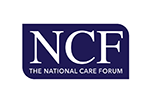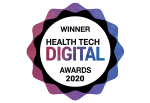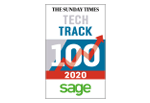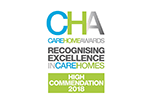Our all-in-one care management platform has been designed with the regulators in mind.
Helping care organisations up and down the country transform their inspection reports and achieve higher ratings, the Connected Care Platform is leading the way in digital transformation in the social care sector.
Covering the full spectrum of care management through integrated solutions that help drive outstanding care and improve the lives of those receiving care and those working in the sector, the Connected Care Platform allows providers to use single or multiple solutions that connect using one device.
Whether it's a digital social care record system, an eMAR system, or a solution that helps boost the physical and emotional health of residents and staff, each solution is designed to address a particular part of care and, when used together, provides a complete solution that helps to drive outstanding care, improve resident outcomes, the lives of care workers, the delivery of person-centred care and the overall efficiency, effectiveness, and compliance of care settings, including inspection reports.
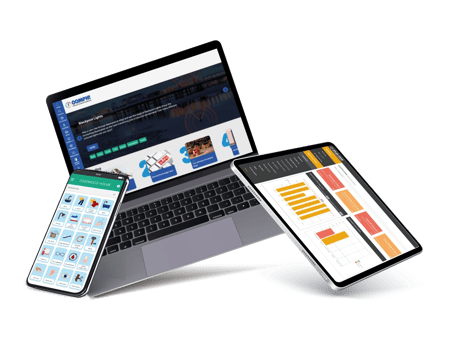
Designed to help care staff work more efficiently by eliminating the need to switch between multiple systems and being cost-effective as care providers don't have to purchase numerous bits of software for different purposes, Connected Care is a one-stop solution, eliminating the need for care providers to go elsewhere.
Receiving an 'outstanding' CQC rating is a remarkable achievement, and the entire team at Ashfields is incredibly proud. Person Centred Software's Connected Care Platform significantly helped us to receive this rating!
One of the solutions we use is Person Centred Software's digital social care record system, mCare, which gives our care teams much more time to spend with our residents doing what they enjoy, which helps combat loneliness and social isolation and improves mental well-being. Our care teams can now build better relationships with residents to understand their preferences, likes and dislikes and have more time to understand individual care plans better and provide the best care environment, which helps to improve the delivery of person-centred care.
mCare makes audits much easier and helps with compliance, giving us all the information we need to demonstrate to CQC that we are meeting our contractual obligations and delivering the care we have promised.
We are really pleased with ATLAS eMAR; it's far less time-consuming than our previous system. According to the Care Quality Commission, it's one of the safest systems they've seen. Our latest inspection was in October, and we were rated 'outstanding' by the CQC!
I'm delighted to work with a company that offers a full ecosystem of care; we also utilise Person Centred Software's digital social care record system, mCare, and enjoy the benefits of the integration between the two.
The Connected Care Platform offers many great solutions; soon, we're implementing Person Centred Software's visitor management system, Digital Reception and Nursecall Messaging Service, which we're looking forward to using.
Our activity teams at Barchester’s Badgeworth Court Care Centre find the weekly materials supplied by Oomph to be an excellent resource for extra support. They have been very helpful in providing supplementary guidance and more ideas and opportunities to deliver meaningful engagement for our residents. Oomph offers a wide range of activities to suit everyone's needs, interests and preferences, from puzzles, crosswords, and exercise sessions to learning about animals and how to make vegan brownies; you name it, Oomph has it!
We access the activities on a regular basis, and our teams are taking full advantage of the support available to them. We have been overjoyed to witness the positive impact of these activities on our residents' wellbeing. We achieved 'Outstanding' in our latest CQC inspection and Oomph played a part in that, so thank you!'
If you want to learn more about our Connected Care Platform and transform your inspection reports, book a demo today, and we'll get back to you as soon as possible to schedule a time that works for you.
Book a demo with us today
Join over 6,000 care providers using our Connected Care Platform to improve the delivery of care
.webp?width=80&height=80&name=HTD%20Awards%202023%20Badge%20(4).webp)



